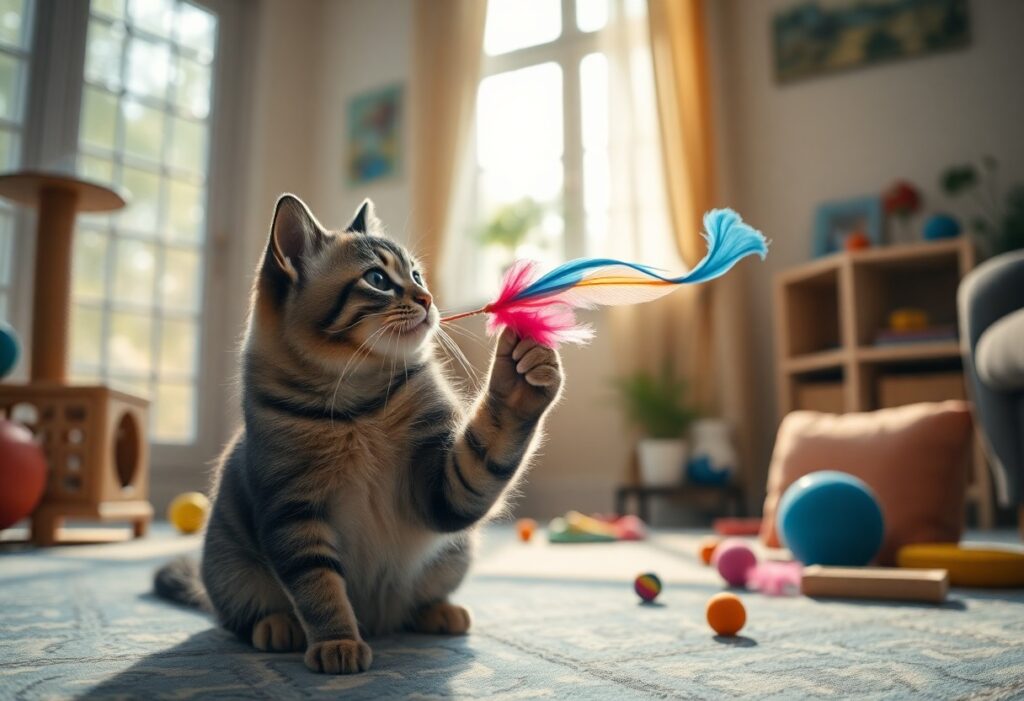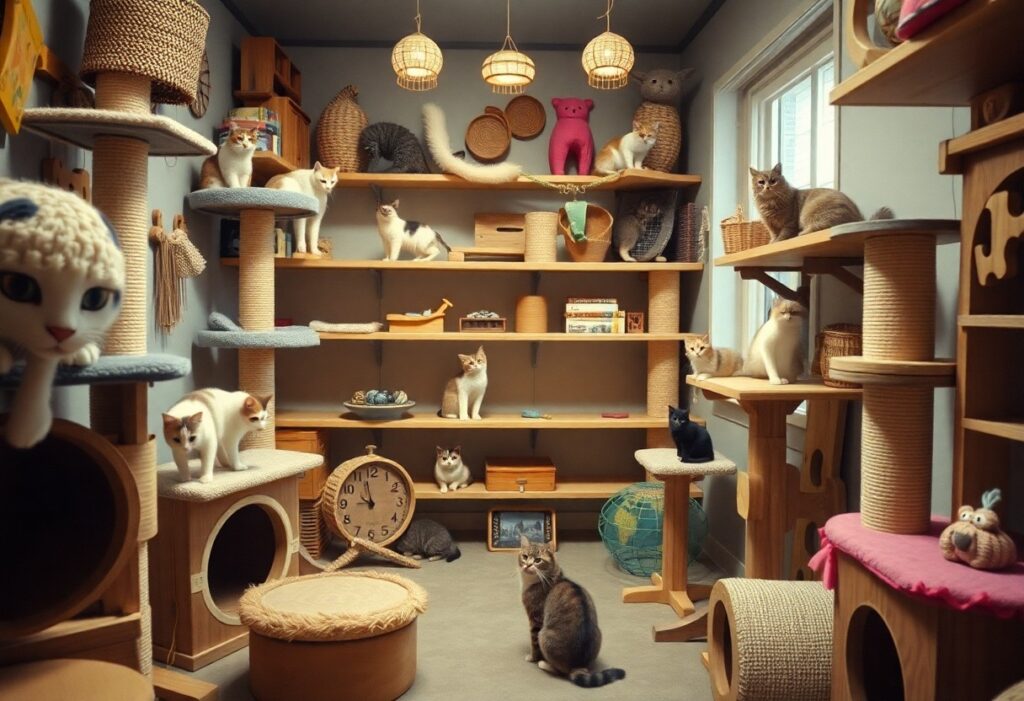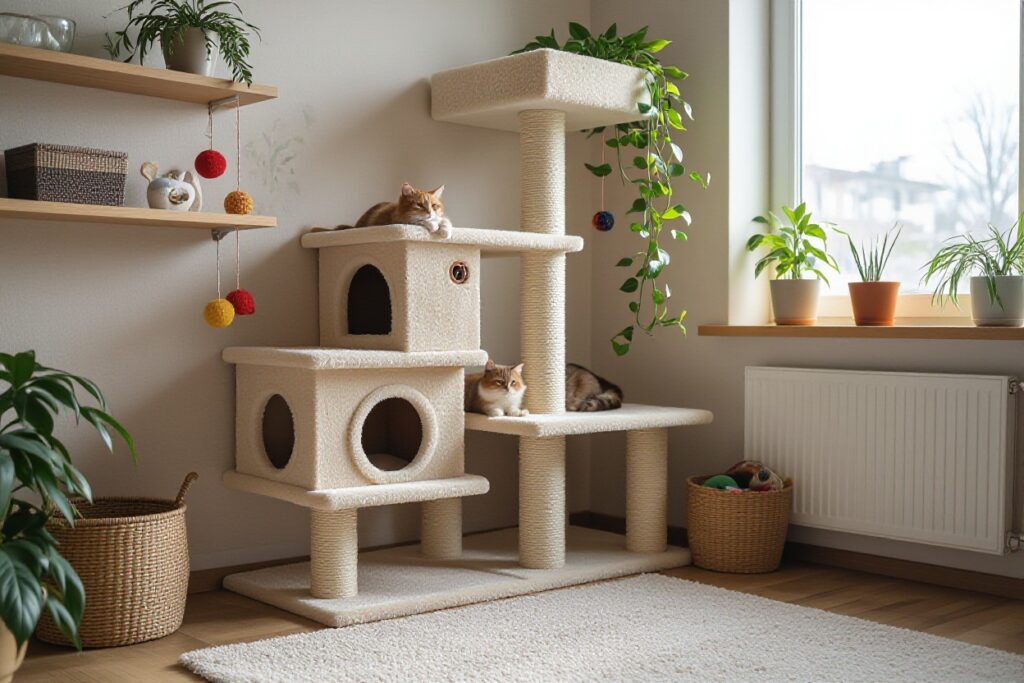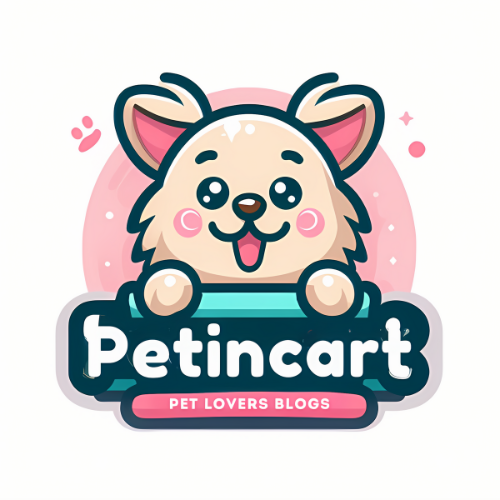Cats thrive on mental stimulation and interactive play to keep their spirits high and bodies active. Engaging your feline friend in fun and easy tricks not only enriches their environment but also strengthens your bond. In this post, you’ll discover various playful activities and techniques to ensure your cat experiences a fulfilling life, reducing stress and potential behavioral issues. Get ready to transform playtime into an exciting adventure that keeps your kitty happy and healthy!
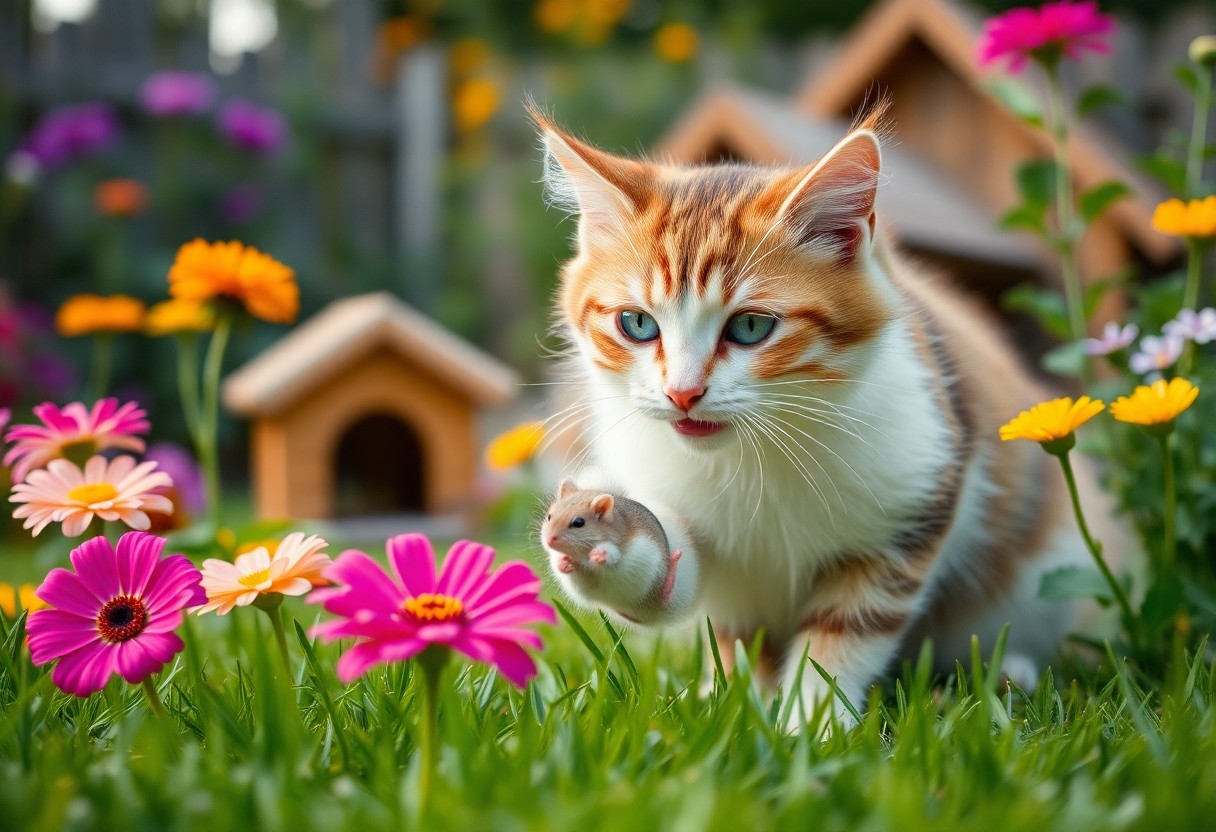
Key Takeaways:
- Interactive playtime enhances your cat’s physical and mental well-being, helping to reduce stress and prevent boredom.
- Incorporating fun and easy tricks, such as using toys or engaging in chase games, can deepen your bond with your feline friend.
- Regular play sessions tailored to your cat’s preferences can improve their overall happiness and encourage a healthy lifestyle.
The Science of Feline Play: Unpacking Your Cat’s Instincts
The world of feline play is deeply rooted in instinctual behaviors that have evolved over thousands of years. Understanding these instincts not only enhances your interactions but also enriches your cat’s overall well-being. Play imitates natural hunting scenarios, providing physical exercise and mental stimulation. By channeling their innate drives through play, your cats develop imperative skills that serve them both in the wild and in the comfort of your home.
Understanding Natural Hunting Behaviors
Your cat’s playtime resembles a miniature hunt. They stalk, pounce, and capture toys in ways reminiscent of their hunting ancestors. This instinctual behavior triggers their predatory drive, engaging muscles and sharpening reflexes. A flickering feather toy, for example, can ignite your cat’s urge to hunt, allowing them to practice their skills in a safe environment.
The Role of Play in Cat Development
Play is not just entertainment; it’s a pivotal element in your cat’s development, shaping their physical and social skills. Kittens learn to navigate their environment, assess risks, and understand social cues through interactive play with their mothers and littermates. Engaging with you in playtime further reinforces this learning process, promoting a healthy bond and developing your cat’s confidence.
In the first few months, when a kitten’s brain is developing rapidly, play serves as a cognitive, social, and physical foundation. Studies indicate that kittens who engage in regular play with their siblings and humans display improved problem-solving abilities and greater emotional resilience as they mature. This social playtime is also pivotal for reducing anxiety and fostering a sense of security, with well-played cats often exhibiting healthier relationships with both people and other pets in the household.
Interactive Toys That Stimulate Mind and Body
Enhancing your cat’s life involves more than just providing food and shelter; interactive toys play a vital role in stimulating their mind and body. These toys encourage healthy physical activity while also engaging their natural curiosity. They allow for independent play or can be used in shared playtime between you and your feline friend, fostering a bond while keeping their instincts sharp. As you explore the various options available, consider toys that promote problem-solving skills and physical engagement to create an enriching environment for your cat.
Best-On-the-Market Options: Reviews of Popular Interactive Toys
Among the top-rated interactive toys are the Puppy Planet Cat Treat Puzzle and the PetFusion Tug-of-War Cat Toy. The Treat Puzzle challenges your cat to think creatively to uncover their favorite treats, while the Tug-of-War toy promotes physical activity and social interaction. Both have received rave reviews from cat owners, highlighting their durability and effectiveness in keeping cats entertained for hours. The right choice depends on your cat’s preferences, so it’s worth testing various options to find what excites them the most.
DIY Toys: Create Fun with Household Items
Creating DIY toys using everyday household items can be both fun and cost-effective. Utilizing items like cardboard boxes, paper rolls, and old socks can lead to a treasure trove of unique play options for your cat. Simple modifications like adding bells, crumpled paper, or treats can transform these mundane objects into sources of excitement and engagement. You’ll find that your creativity not only saves money but also yields toys tailored specifically to your cat’s interests.
For instance, a cardboard box can be turned into a tunnel for exploration, or a sock filled with catnip can become a delightful kicker toy. Cats love the thrill of the chase, so consider stringing together several paper rolls or creating a maze that encourages hunting instincts. By incorporating different textures and sounds, you provide endless stimulation that keeps your cat entertained and physically active, reinforcing the bond you share through moments of play.
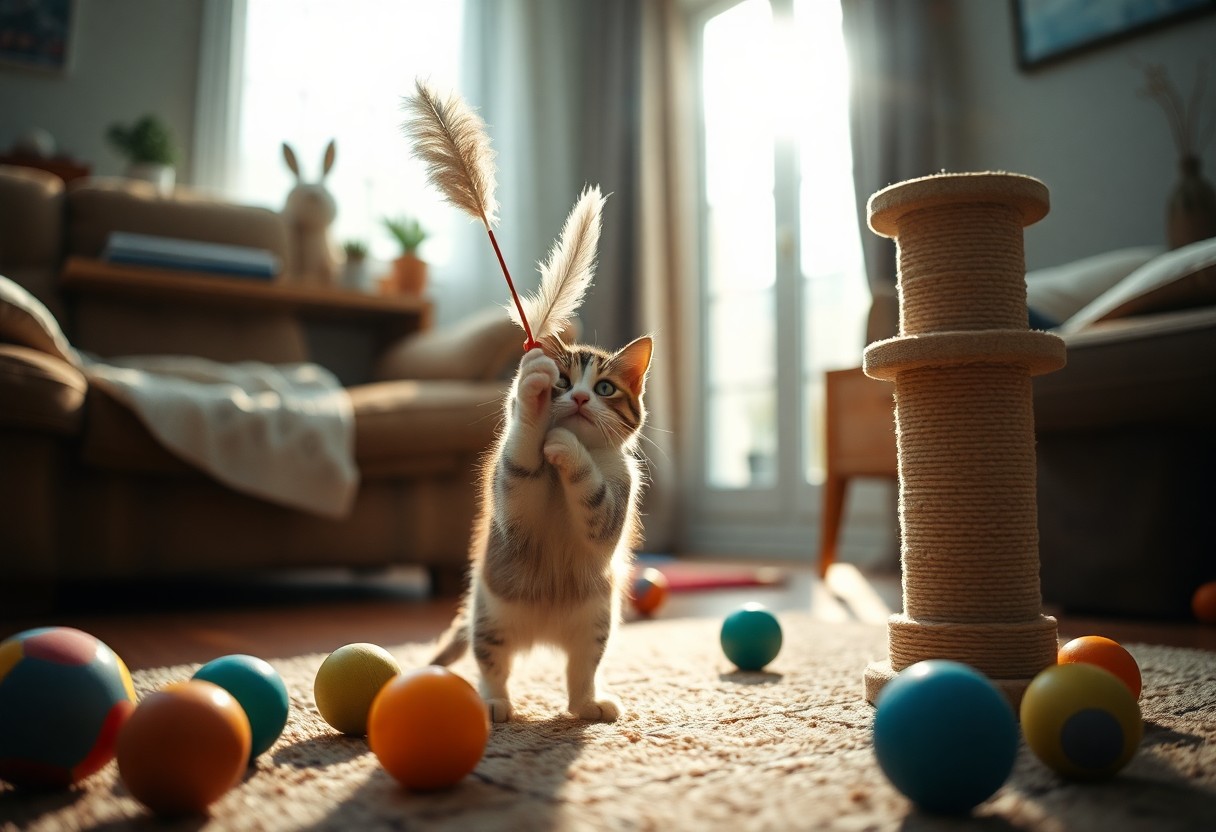
Engaging Your Cat: Techniques for Active Participation
Active participation is important for keeping your cat engaged and mentally stimulated. By employing various techniques, you can transform playtime into a dynamic exercise that nurtures your cat’s natural instincts. Incorporate different types of movements and sounds that mimic prey, encouraging your feline friend to chase, pounce, and explore. Additionally, introducing new toys or activities regularly can prevent boredom and maintain your cat’s enthusiasm. This kind of interactive play will help strengthen your bond while also providing your cat with the physical and mental enrichment needed for a fulfilling life.
Using the Power of Movement: Techniques to Inspire Action
Movement is a key factor in inspiring your cat’s interest. Use toys that replicate the erratic movements of prey, such as feather wands or laser pointers. Mimicking the unpredictable behavior of animals will stimulate their hunting instincts and encourage active engagement. You can also combine multiple toys, periodically rotating them to maintain novelty, keeping your feline partner on their toes. These techniques not only promote physical activity but also ignite the thrill of the chase, allowing your cat to indulge in their natural behaviors.
The Benefits of Routine Playtime: How Consistency Encourages Engagement
Establishing a routine for playtime introduces a sense of security and anticipation for your cat. Regular sessions, ideally at the same time each day, condition your cat to expect interactive play, which can reinforce their participation. Over time, these habits create a structure that your cat can rely on, enhancing their confidence and willingness to engage. Consistent play also serves as an opportunity for you to observe your cat’s preferences, allowing you to tailor activities that cater to their unique personality and interests.
Consistency in playtime not only builds an enjoyable routine but also fosters a deeper bond between you and your cat. This dedicated time together allows you to engage with your cat in a meaningful way, reinforcing trust and affection. Studies show that cats responding positively to play experiences are more likely to explore and interact with their surroundings. By committing to regular play, you help decrease potential behavioral issues like anxiety or aggression while boosting your cat’s overall well-being. So, set aside time each day to indulge in play, and watch how it transforms your cat’s demeanor and happiness!
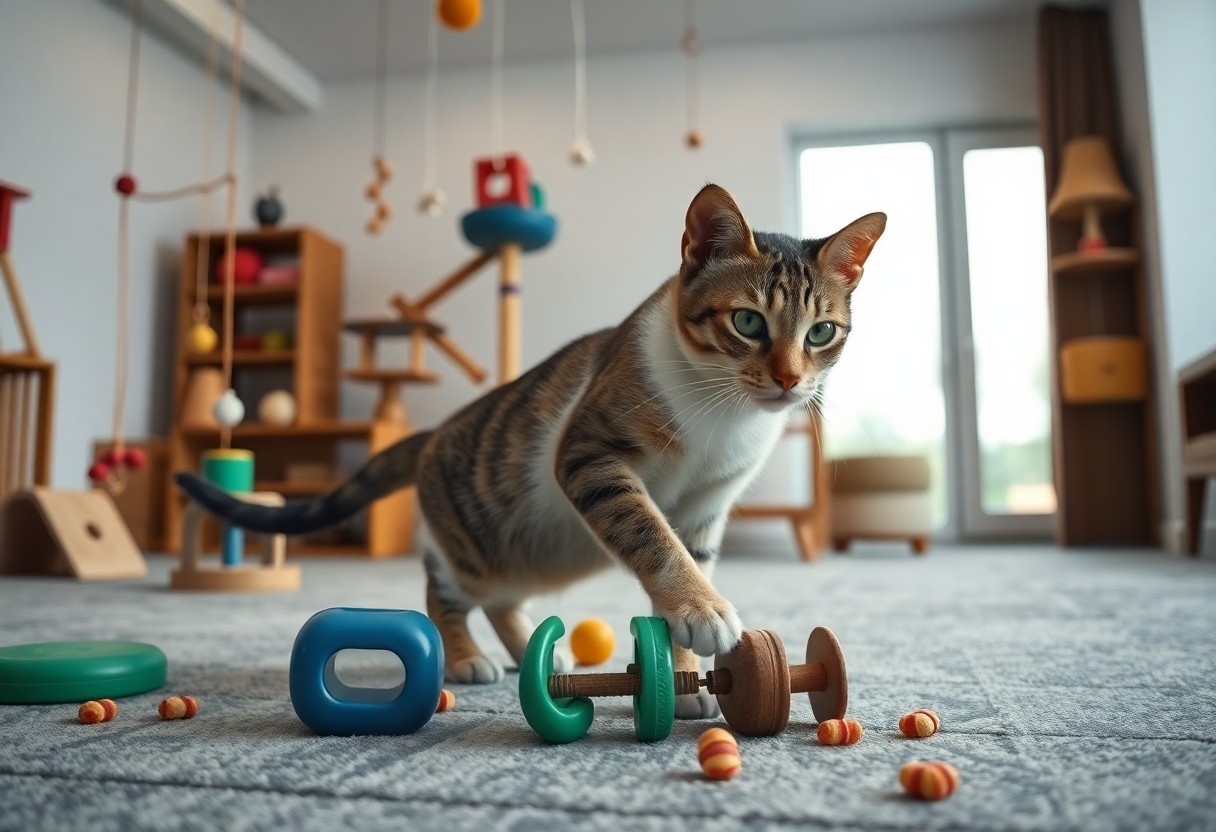
Beyond Toys: Enhancing Environment for Enriched Play
Creating the perfect environment for your cat can be just as impactful as the toys you provide. Felines thrive in spaces that offer both stimulation and comfort, blending elements of safety and adventure. By incorporating a variety of vertical spaces, hiding spots, and interactive features, you turn your home into an engaging playground where your cat can explore their natural instincts.
Creating a Cat Paradise: Essential Elements for a Stimulating Space
Designing a cat-friendly sanctuary involves vital elements like vertical climbing structures, cozy nooks, and interactive hideaways. Make use of shelves and perches to give your cat the ability to survey their kingdom from above, while cat tunnels and boxes create fun areas for exploration. Incorporating scratching posts and various textures, such as soft blankets or grass mats, allows your cat to satisfy their instinctual needs while feeling right at home.
Multi-Pet Dynamics: Tips for Playtime with Multiple Cats
Managing playtime across multiple cats requires attention to their individual personalities and dynamics. Always provide enough toys and space to prevent competition, emphasizing cooperative play and shared fun. Interactive games like feather wands or laser pointers can engage them together, but be prepared to redirect if tensions arise. Keep their personalities in mind, as some cats may prefer solo play while others thrive in a group setting. Recognizing these behavioral cues will help ensure all your pets enjoy their time together.
- Prioritize individual space for each cat to retreat when needed.
- Keep their favorite toys accessible to promote harmony.
- Monitor interactions to prevent over-stimulation and potential conflict.
Understanding multi-pet dynamics is key to creating a harmonious environment. Begin by observing how your cats interact, noting any preferences or boundaries they have. For those that enjoy companionship, consider engaging them in team-based activities, whereas solitary play can be beneficial for more reserved cats. Rotate toys regularly to maintain interest and prevent jealousy. Recognizing their individual quirks will help you foster a playful atmosphere that keeps all your cats content.
- Encourage teamwork with games that involve all cats simultaneously.
- Rotate the toys to sustain interest and excitement.
- Establish routines that allow safe, structured playtime.
Monitoring Playtime: Safety, Supervision, and Adaptation
Ensuring safe and enjoyable playtime requires your active participation. Supervision allows you to observe your cat’s behavior and adjust activities accordingly. Avoid hazards by using sturdy toys designed for feline play, and regularly inspect these items for wear and tear. Always provide a safe environment free from choking hazards or potential dangers. With your guidance and a watchful eye, interactive playtime can become a delightful bonding experience for you and your furry friend.
Recognizing Signs of Overexertion and Disinterest
Paying attention to your cat’s body language is vital for a healthy play session. If your cat starts to pant, slow down, or show a lack of interest in play, these signs signal that they may be overexerted or bored. Attention is crucial; a distracted cat may also seek to escape or retreat to a quiet space. Cues like these indicate that it’s time to wrap up the play session, allowing your cat to recuperate and recharge.
Adapting Play Strategies as Your Cat Ages
Your cat’s energy levels, agility, and preferences will shift as they transition through different life stages, necessitating a reassessment of your play methods. For younger cats, vigorous play with interactive toys can harness their high energy. As your cat matures, focus on gentler activities, such as puzzle toys or slow-moving laser pointers. In the senior years, consider low-impact games that engage their mind while minimizing stress on their joints. Continuing to tailor your approach ensures that playtime remains enjoyable and suited to their physical abilities.
As your cat ages, incorporating familiar toys can help provide comfort, along with new options that stimulate their curiosity. Think about introducing gentle activities like feather wands, where they can engage without intense bursts of movement. Also, consider setting shorter play sessions mixed with periods of rest to keep them engaged while respecting their energy levels. Providing a variety of activities can also help maintain mental stimulation, reducing the risk of boredom and keeping your beloved feline happy and active throughout their golden years.
Summing up
As a reminder, enriching your cat’s life through interactive playtime is important for their happiness and well-being. By incorporating fun and easy tricks, you can create engaging experiences that stimulate your cat’s mind and body. Whether it’s using toys or engaging in training sessions, taking the time to play with your feline friend not only strengthens your bond but also enhances their overall quality of life. So, embrace these interactive opportunities and watch your cat thrive with joy and excitement.
FAQ
Q: What are some easy tricks I can teach my cat for interactive playtime?
A: There are several simple tricks you can teach your cat that can enhance playtime. Some popular options include teaching your cat to ‘sit,’ ‘high-five,’ or ‘roll over.’ Using treats as rewards can motivate your cat to learn these tricks. Start with one trick at a time and keep the training sessions short and fun to keep your cat engaged.
Q: How can interactive playtime benefit my cat’s health and well-being?
A: Interactive playtime is not just fun; it plays a significant role in your cat’s overall health. Engaging your cat with toys or tricks can help reduce stress and anxiety, burn off excess energy, and prevent obesity. Playtime also stimulates your cat’s mind, helping them stay mentally sharp and preventing boredom, which can lead to destructive behaviors.
Q: What types of toys are best for encouraging interactive play with my cat?
A: The best toys for interactive play with your cat are those that stimulate their natural hunting instincts. Wand toys, laser pointers, and feather toys are excellent for this purpose. Additionally, puzzle toys that dispense treats can engage your cat both physically and mentally. Choose toys that are safe and durable, and regularly rotate them to keep your cat interested and excited during playtime.
